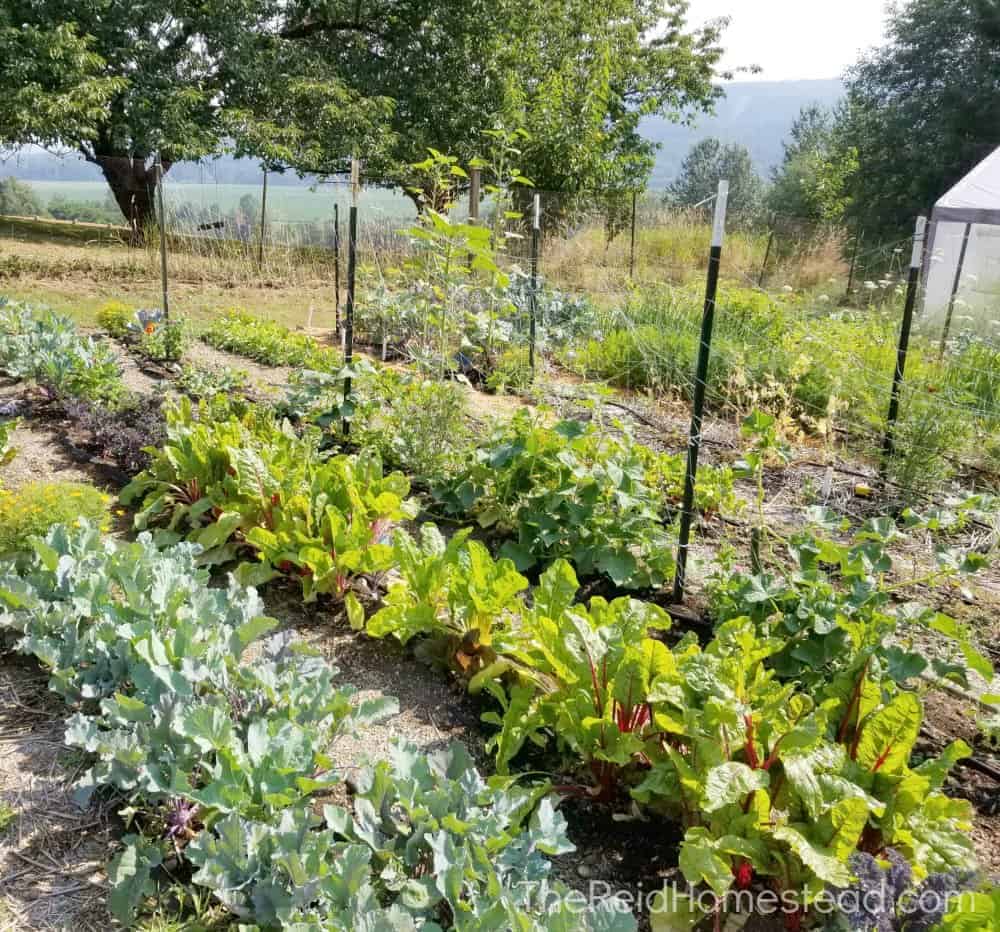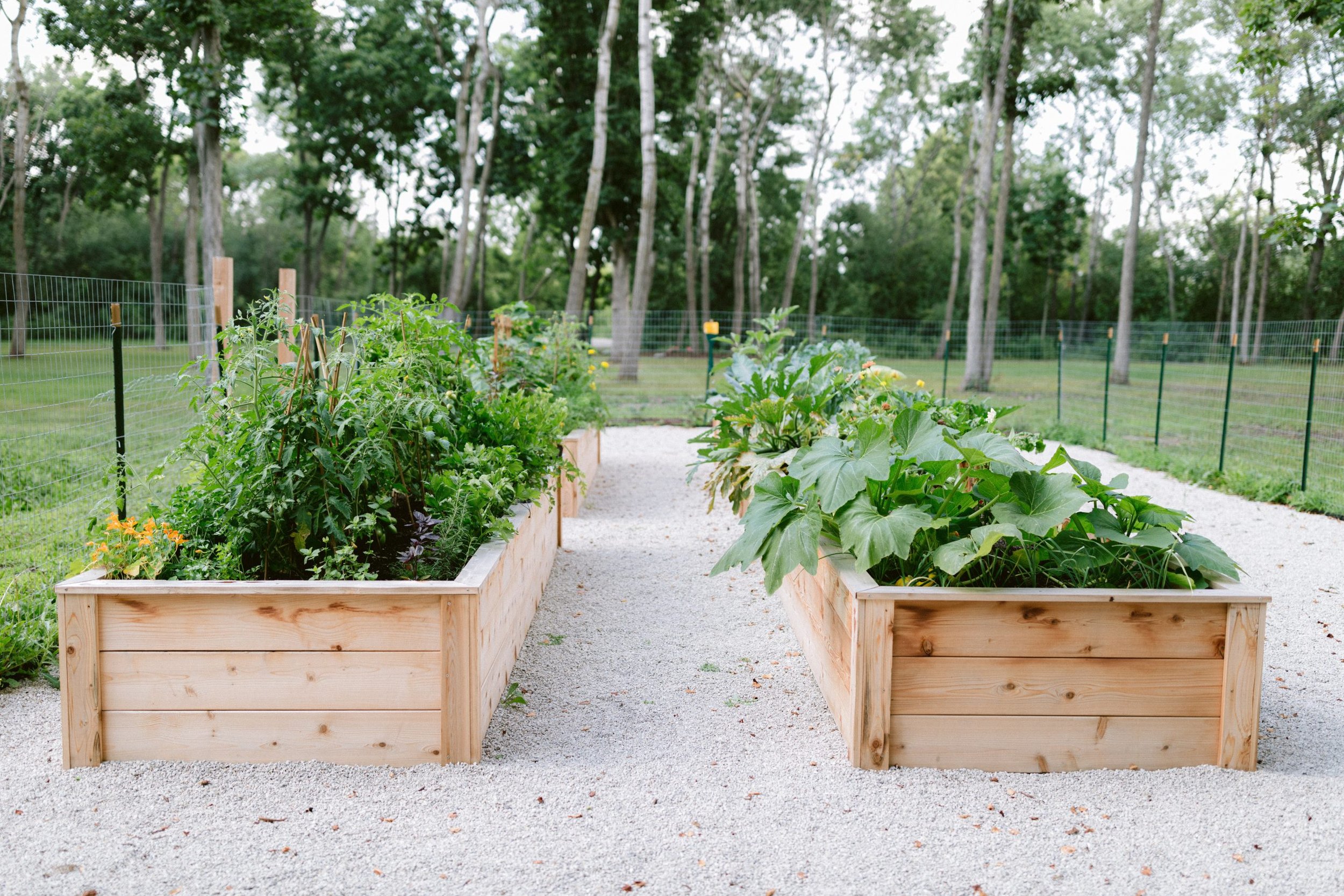Eco-Friendly Methods in Homestead Gardening
Eco-Friendly Methods in Homestead Gardening
Blog Article
Discover Important Tips for Effective Horticulture Techniques and Practices
By focusing on crucial components such as soil health, reliable sprinkling techniques, and appropriate plant option, garden enthusiasts can produce a flourishing ecological community that supports vibrant growth. Many fanatics neglect crucial information that can make or damage their gardening success-- discovering these neglected aspects might reveal the trick to cultivating a prospering garden.
Understanding Dirt Health
Dirt health is a basic aspect of effective horticulture, as it directly influences plant growth, vitamins and mineral schedule, and ecological community equilibrium. Healthy dirt is defined by an abundant biodiversity of bacteria, raw material, and a balanced pH level, which with each other create an atmosphere for plant advancement.
To recognize soil health, one need to consider its physical, chemical, and biological residential or commercial properties. The appearance and structure of soil influence its ability to maintain dampness and nutrients, while the chemical composition figures out the availability of vital components like nitrogen, phosphorus, and potassium. Routine soil screening is crucial to evaluate these aspects, permitting garden enthusiasts to make informed decisions relating to plant foods and amendments.
Furthermore, promoting biological task within the dirt is essential for keeping its wellness. Practices such as composting, crop rotation, and using cover crops can enhance microbial diversity, improve nutrient cycling, and decrease soil erosion. By prioritizing soil health, gardeners not only optimize plant growth but likewise contribute to a sustainable community, making sure that their gardening methods are resilient and environmentally responsible over time.
Reliable Sprinkling Strategies
Making sure that plants get the proper amount of water is important for their health and development, especially when combined with a solid foundation of dirt health and wellness (Homestead Gardening). Efficient watering strategies can dramatically affect plant vitality, reducing water wastefulness and advertising optimal advancement
One essential method is deep watering, which urges roots to expand deeper right into the soil, boosting drought resistance. This technique normally includes sprinkling less regularly but in bigger quantities, permitting dampness to pass through the root zone completely. Timing is also vital; morning is the ideal time to water, as it reduces evaporation and enables foliage to completely dry throughout the day, reducing disease threats.
Additionally, using mulch can aid keep dirt moisture and control temperature level, further helping reliable watering methods. Making use of a drip watering system can also supply targeted dampness directly to the roots, making certain that water reaches where it's most needed while saving sources.
Keeping an eye on rains and dirt moisture levels can assist changes in your watering schedule, guaranteeing plants get regular hydration without over-saturation. By adopting these effective watering methods, garden enthusiasts can cultivate a growing environment for their plants to thrive.
Plant Choice and Placement
Exactly how can the appropriate plant choice and tactical placement change a garden into a growing ecosystem? When choosing plants, take into consideration variables such as climate, dirt type, and sunlight exposure. Homestead Gardening.
Strategic placement involves setting up plants according to their growth routines and requirements. Taller plants need to be positioned at the rear of boundaries to stop shading shorter plants. In addition, grouping plants with similar water and light needs can improve their growth and lower competition for sources.
Integrating a diversity of plants not just adds visual charm but additionally advertises biodiversity, attracting beneficial pests and pollinators. Think about the seasonal changes in your yard; select a mix of annuals, evergreens, and perennials to guarantee year-round passion.
Finally, bear in mind to examine the mature size of plants before growing to prevent overcrowding and make sure sufficient air blood circulation. Thoughtful plant selection and critical placement produce a harmonious setting, allowing your yard to flourish while lessening challenges.
Bug and Disease Administration
Reliable pest and illness management is necessary for maintaining a healthy yard ecosystem - Homestead Gardening. A positive strategy, combining social, organic, and chemical strategies, can substantially lower the impact of insects and illness on your plants

Biological controls, such as introducing helpful pests like ladybugs or predacious termites, can maintain parasite populaces in check without damaging the setting. In addition, keeping plant wellness via correct watering, fertilizing, and trimming will certainly boost their strength versus illness.
When official statement intervention is required, choose targeted chemical treatments, ensuring to follow application standards to decrease injury to non-target microorganisms. Always prioritize sustainable techniques, as they advertise long-lasting garden health and ecological equilibrium. By incorporating these techniques, gardeners can effectively take care of diseases and pests, making certain prospering plants and an efficient garden.

Seasonal Upkeep Practices
During each period, executing targeted maintenance techniques is crucial for maximizing yard health and wellness and performance. In springtime, concentrate on soil preparation by screening pH levels and adding essential changes. This is likewise the perfect time to apply plant foods and mulch to retain dampness and reduce weeds. Frequently inspect arising plants for insects and diseases.
As summer season techniques, ensure appropriate irrigation while monitoring for indications of stress or illness. Trim back thick plants to urge air circulation and minimize humidity around foliage. This technique not only improves plant wellness but likewise advertises flowering and fruiting.
With the arrival of fall, it's time to plan for published here winter season. Tidy up dropped leaves and debris to stop parasite invasions, and consider growing cover plants to enrich soil wellness. This period is also suitable for dividing perennials and planting spring-flowering bulbs.
Verdict
Successful gardening hinges on the assimilation of audio methods in soil health and wellness, watering, plant selection, pest management, and seasonal upkeep. By focusing on soil testing and microbial diversity, using reliable watering techniques, and selecting ideal plants, garden enthusiasts can produce flourishing communities.
By prioritizing crucial components such as soil health, reliable sprinkling techniques, and appropriate plant option, gardeners can create a growing environment that sustains vivid development. By prioritizing dirt health and wellness, gardeners not just optimize plant development yet likewise contribute to a lasting environment, guaranteeing that their horticulture methods are resilient and environmentally responsible over time.
Taller plants should be positioned at the back of boundaries to protect her explanation against shading much shorter plants. Clean up dropped leaves and debris to stop pest problems, and consider growing cover crops to enhance dirt health and wellness.Effective gardening hinges on the combination of audio practices in dirt health, watering, plant choice, parasite administration, and seasonal upkeep.
Report this page